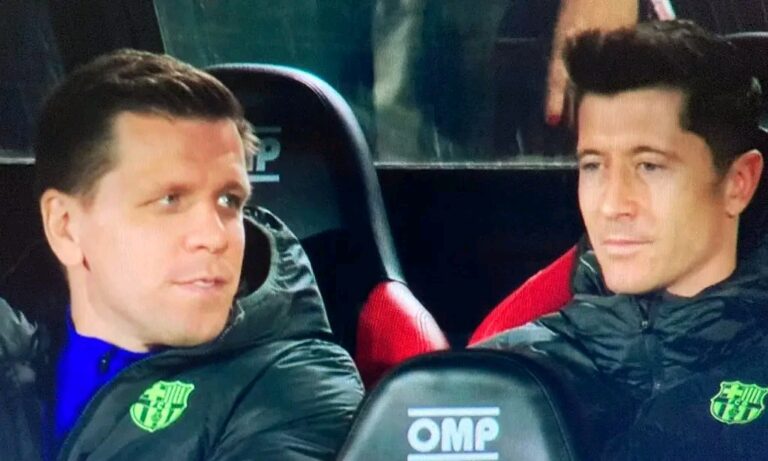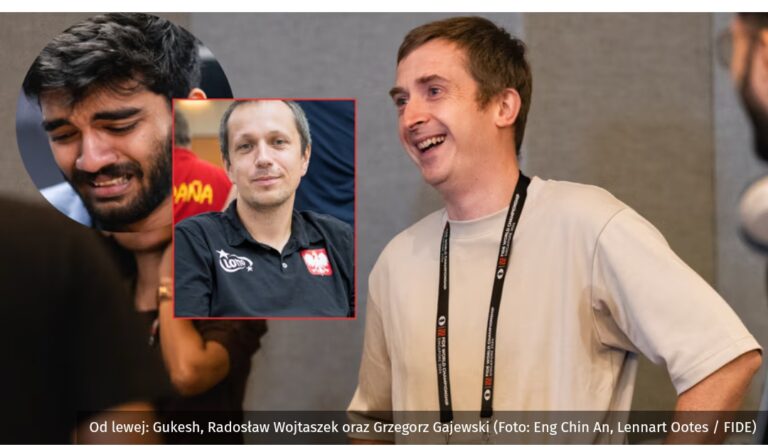Bryson DeChambeau is renowned for his obsessive attention to detail
Bryson DeChambeau’s Shocking Confession: The Hidden Struggle Behind His Perfection
Bryson DeChambeau is renowned for his obsessive attention to detail. The LIV Golf star, known for designing his own clubs and soaking his golf balls in bath salts to detect any manufacturing flaws, has revealed the one thing that leaves him “stressed” on the practice range when things don’t go as planned.
The US Open champion’s attention to detail sets him apart from his peers. In a recent interview with GOLF on the range, DeChambeau confessed that his most frequent mistake is a “chunk” – hitting the ground before the ball, for those unfamiliar with golf jargon.
However, it’s not poor contact that bothers him the most. DeChambeau is more concerned about what happens afterwards, specifically the flight of his ball and maintaining an acceptable amount of curve in the air. A tight draw, the 30-year-old’s stock shot, is sufficient to get him around the course, regardless of whether he hits the ball heavy or thin.
“What gets me stressed is improper curvature,” DeChambeau admitted. “If I’m thinning or chunking it, I’m OK with it. But if it starts curving too much one way, that’s when I really get stressed. That’s when you’ll see me hit golf balls [on the practice range] for quite a while. So it’s just getting back to basics.”
DeChambeau shared his unique approach to ensuring his golf balls are perfectly balanced, a technique involving Epsom salts that he employed ahead of his US Open victory at Pinehurst No. 2 last month.
“I put my golf balls in Epsom salt,” he revealed midway through the tournament. “I’m lucky enough that Connor, my manager, does that now. I don’t have to do it. But essentially we float golf balls in a solution to make sure that the golf ball is not out of balance.”
He explained the rationale behind this meticulous process. “There was a big thing back in the day where golf balls are out of balance, and it’s just because of the manufacturing process. There’s always going to be an error, especially when it’s a sphere and there’s dimples on the edges. You can’t perfectly get it in the centre.
So what I’m doing is finding pretty much the out-of-balanceness of it, how much out of balance it is. The heavy side floats to the bottom, and then we mark the top with a dot to make sure it’s always rolling over itself.”
This method, according to DeChambeau, ensures that the ball flies as straight as possible. “It kind of acts like mud. If there’s too much weight on one side, you can put it 90 degrees to where the mud is on the right-hand side or the mud is on the left-hand side. I’m using mud as a reference for the weight over there. It’ll fly differently and fly inconsistently.
“For most golf balls that we get, it’s not really that big of a deal. I just try to be as precise as possible, and it’s one more step that I do to make sure my golf ball flies as straight as it possibly can fly because I’m not that great at hitting it that straight.”
DeChambeau’s confession offers a rare glimpse into the mind of a golfer who leaves no stone unturned in his pursuit of perfection. His relentless quest for precision and consistency is what makes him one of the most fascinating figures in the world of golf.






